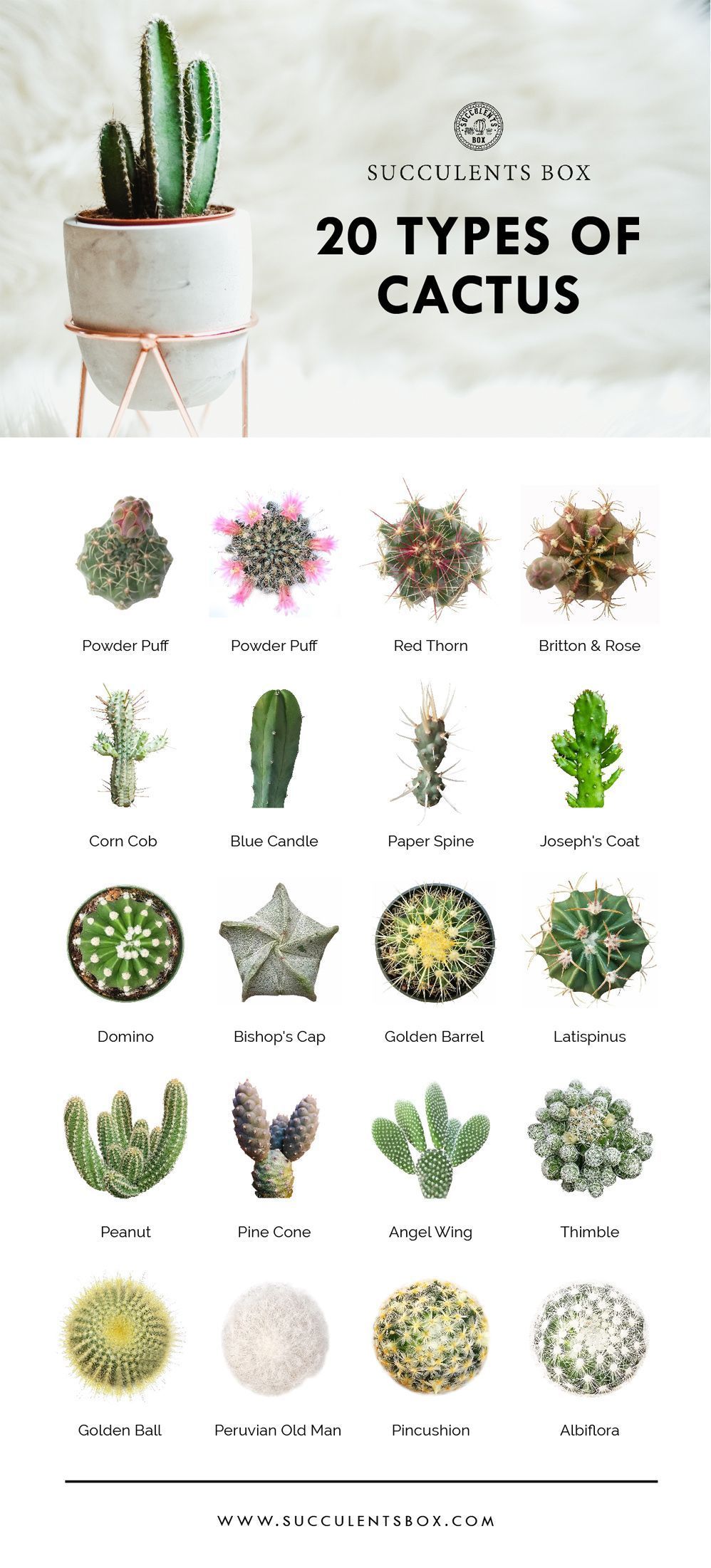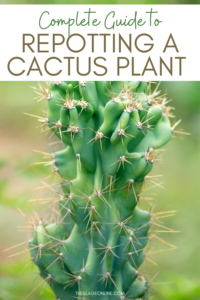Cacti hold a unique allure in the botanical world, embodying resilience and eccentricity. Their ability to thrive in arid environments has made them symbols of endurance while their diverse forms evoke fascination. This guide aims to illuminate the exquisite varieties of cacti, granting a glimpse into their distinct characteristics and aesthetic significance.
Across the arid landscapes, from deserts to mountainous terrains, cacti perform an ecological dance that is both intricate and captivating. Each species adds its own flair, showcasing a richness that transcends mere survival. Let’s delve into several notable types of cacti, each with its own story and striking features.
Discovering the grandeur of cacti begins with observing their myriad forms, colors, and adaptations. Here, we explore some of the most popular species, providing a comprehensive understanding of their allure.
**The Iconic Saguaro Cactus**
The Saguaro cactus, known scientifically as Carnegiea gigantea, is perhaps the most iconic representative of the cactus family. Towering majestically, a fully grown Saguaro can reach heights of up to 50 feet and can live for over 150 years. Its stately arms, which often begin to develop after 50 years of growth, reach outward like a welcoming gesture, embodying the quintessential image of the American Southwest. The Saguaro is also revered for its white blossoms that bloom at night, releasing a sweet fragrance that attracts nocturnal pollinators.
Beyond its impressive stature, the Saguaro serves a vital role in its ecosystem. It provides shelter and sustenance to numerous birds, mammals, and insects. This symbiotic relationship highlights the cactus’s ecological significance, as it is both a provider and a protector in its harsh desert environment.
**The Elaborate Easter Lily Cactus**
For those drawn to the ephemeral beauty of flowering plants, the Easter Lily cactus (Echinopsis spp.) presents a spectacular sight. These cacti are characterized by their magnificent, large blooms that arise in an array of colors, from fragrant whites to vibrant pinks and purples. Each flower can measure up to 8 inches in diameter and typically unfurls in the evening, lasting only a single night. This fleeting display compels observers to appreciate the temporality of beauty.
What sets the Easter Lily cactus apart is not just its flowers but its unique ribbed structure that serves both aesthetic and functional purposes. The ribs provide structural integrity while also enhancing the plant’s ability to retain moisture. This fascinating interplay of form and function makes it a cherished specimen among collectors and garden enthusiasts alike.
**The Enigmatic Moon Cactus**
Next is the Moon cactus (Gymnocalycium mihanovichii), an intriguing product of horticultural grafting. Known for its vibrant, colorful crown—often appearing in bright reds, yellows, or pinks—this cactus is not just a treat for the eyes; it also embodies a fascinating botanical technique. The brightly colored top is a genetically modified mutation that lacks chlorophyll, which is why it is grafted onto a green rootstock for sustenance.
Moon cacti thrive in smaller pots, making them ideal for indoor gardening. Their enchanting colors and globe-like shape contribute to their charm, inviting curiosity and admiration. They are popular in decor, often used as table centerpieces or office plants, combining nature with modern aesthetics effectively.
**The Imposing Organ Pipe Cactus**
Another remarkable member of the cactus family is the Organ Pipe cactus (Stenocereus thurberi). This cactus can be recognized by its tall, columnar stature and its numerous arms—resembling the pipes of a grand organ, hence its name. It prefers to grow in clusters, creating a stunning visual when in full bloom. The Organ Pipe cactus produces beautiful white to pink flowers that bloom only at night and attract specific pollinators such as bats.
What is truly enchanting about the Organ Pipe cactus is its adaptability; it thrives in the harshest of environments, even in nutrient-poor soils. The duality of its strength and beauty provides a backyard or garden with a sense of wilderness and charm that is hard to replicate.
**The Dainty Barrel Cactus**
No exploration of cacti would be complete without a mention of the Barrel cactus (Ferocactus spp.). With its stocky, barrel-like shape, this variety is often regarded as the quintessential desert cactus. They vary in color, with shades of green and yellow often adorned with striking spines. The spines serve a protective function while also casting intriguing shadows that dance across their surface in the sunlight.
The flowering of the Barrel cactus presents another captivating spectacle, with mammals and insects eagerly flocking to its vibrant blooms, which can span a range of hues including orange, red, and yellow. This connectivity to local wildlife enhances the ecological tapestry of the desert landscape, making it a vital component to its surroundings.
**Conclusion**
With their unique adaptations and stunning visual appeal, the diverse world of cacti offers a wealth of wonder for enthusiasts and passersby alike. Each variety, from the grand Saguaro to the delicate Moon cactus, contributes to an intricate mosaic of life in arid regions. By appreciating their unique attributes and ecological importance, one can cultivate not only an appreciation for these remarkable plants but also a sense of responsibility in preserving their natural habitats.
As cacti perform their dance of survival against the backdrop of harsh landscapes, they remind us that beauty often lies within resilience, demonstrating that even in the most desolate places, life can flourish in wondrous ways.





Leave a Comment